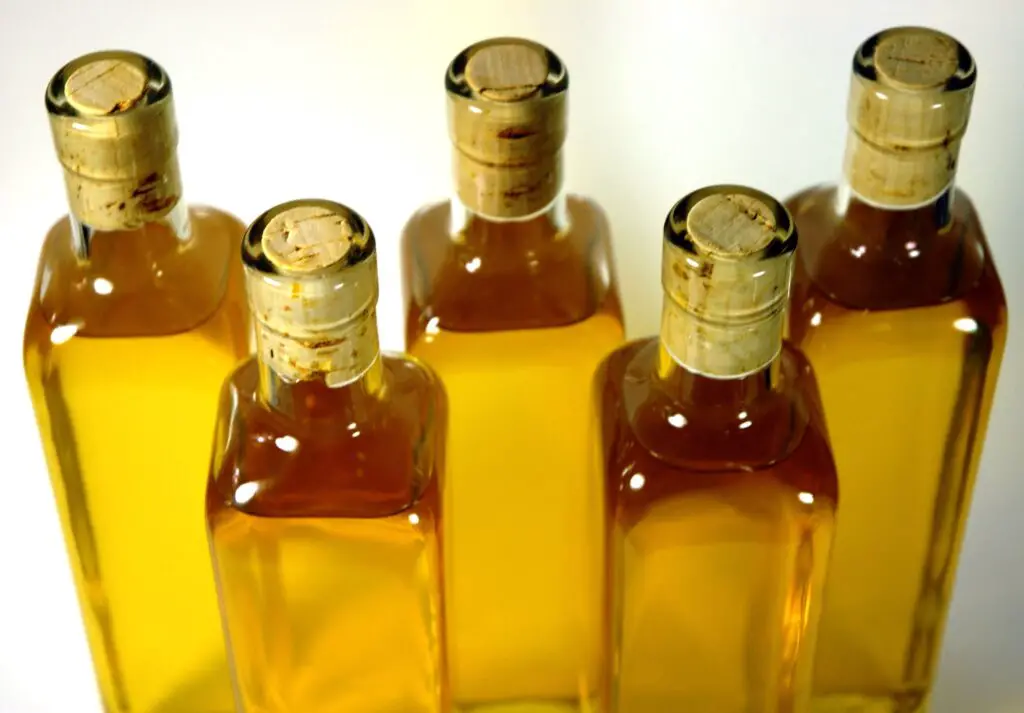
Part of the joy of homebrewing your own mead is knowing the ingredients are safe. However, there are some ingredients that you’re told to add but, don’t entirely know why. One of these ingredients contains sulfites, which some individuals may be allergic too.
Campden tablets contain sulfites and may be used prior to bottling mead for stabilization. The most commonly used in mead is potassium metabisulfite. Alternative methods of stabilization include heating and filtration. Alternatively, you may choose not to stabilize your mead.
Sulfites are incredibly important for commercial production when shipping is involved. Otherwise we would constantly have exploding bottles on the freeway. But, they aren’t the only option. Read below to see safe and effective alternatives.
Why Sulfites are Used in Mead and Meaderies That Don’t use Them
When brewing mead or other wines it is necessary to use sulfites and in the case of mead we use campden tablets. This is used to kill off microbes and yeast in order for the finished product to be shelf stable.
The fermentation process naturally produces some sulfites. However, the lower levels pose less of a problem then adding extra.
Mead has the benefit of utilizing honey which don’t typically harbor bad bacteria as its anaerobic. This means mead only requires sulfites post fermentation when you want to kill off the yeast prior to bottling.
If you are brewing a melomel mead campden tablets become a bit more important when you want to add fruit. Fruit harbors a lot of bad bacteria that typically breaks down and infects mead. So using sulfites assists in creating a sterile juice to add to your mead.
Organic Micro Meaderies
There are a lot of new meaderies that are popping up all over the country. Mead is becoming way more popular than it was previously. This means you will be much more likely to find meads that do not contain sulfites.
Many of these meaderies proudly claim they do not use sulfites. A simple google search reveals a few:
- Moonlight Meadery (New Hampshire)
- Viking Alchemist Meadery (Georgia)
- Superstition Meadery (Arizona)
When buying mead at the grocery store it’s best to look at the label. The bottles with often tell you whether or not sulfites were added.
Alternatives to Using Sulfites in Mead
When it comes to homebrewing your own mead you have full control of the process. Many homebrewers and craft meaderies alike can utilize different methods in order to reduce sulfite levels in the mead.
These include:
- Adding Bentonite or Potassium sorbate to mead.
- Fermenting the mead until the yeast dies and gives up.
- Filtering out yeast.
Sulfites are often used in mead because its the cheapest and easiest way to stabilize a mead. The way I got around the cost and not use sulfites was to just let the yeast run its course and fully ferment.
I would then bottle my mead in swing top bottles as demonstrated in my YouTube video, in order to to make sure I didn’t end up with bottle bombs. Keeping them in the fridge is an extra precaution.
Filtering Out Yeast with Beer/Wine Filters

If you are looking to step up your mead game buying a filtration system is your next step to avoid sulfites while keeping your mead clear.
The Monsterbrite Plate Filter from Adventures in Homebrewing is an example of a plate filter. This is a common filter that runs the mead through a paper filter with a large surface area. It should filter out most of the yeast and leave your mead crystal clear while retaining the honey flavors.
Bentonite and Potassium Sorbate
You may have confused potassium sorbate and potassium metabisulfate, I know I did the first time I heard of them. But, they actually perform two different tasks.
- Potassium metabisulftate: Kills yeast and bacteria by starving it of oxygen.
- Potassium sorbate: Prevents living yeast from multiplying and reproducing.
Make sure your mead does not have enough yeast to ferment after adding potassium sorbate. You can do this by racking your mead and leaving behind excess yeast.
Bentonite actually does nothing to the yeast itself but can help clarify the mead by pulling everything to the bottom of the fermentation vessel. At this point you can rack your mead leaving behind excess yeast and other undesirables in your mead.
Campden Tablets to Treat Chlorine in Water
Campden tablets are often used to take the chlorine out of water that is used in meadmaking. If you decide to use tap water this is important since it will create off flavors in your mead.
When using campden tablets in the water it will typically neutralize along with the chlorine only leaving small trace amounts of sulfites.
You can bypass the need for campden tablets by just buying bottled water. However, that can become expensive so I usually just used filtered water from my fridge. If you don’t already its a great idea to get your own water filter from Amazon.
Does Honey Contain Sulfites and Does Honey Make Mead Healthier?
Honey thankfully does not contain sulfites. However, the process of fermentation does create sulfites. Therefore mead will always contain at least a minor amount of sulfates.
Mead has the most calories of all three types of alcohol. Beer comes in second with wine containing the least. The health benefits of mead most likely came from the happiness created by the sugar, alcohol and calories in unison.
Since calories were extra important in ancient times it made mead the ideal drink for healing and relaxation.
